Stories from the Rong House...
In the grounds of the Vietnam Museum of Ethnology (VME) in Hanoi, there is a Rong house of the Ba Na people, the only remaining prototype of Kon Rbang village, Ngok Bay commune, Quang Ngai province. For the Ba Na people, since ancient times, the Rong house has not only been a place for meetings and community activities but also a sacred symbol of the village.
According to ancient legends, ethnic groups once lived together in a giant house - the first common house of mankind. After the great flood, people dispersed to all four directions, forming many different ethnic groups. When establishing a new village, the Ba Na people built a Rong house in the center as a symbol of the extension of the original common house, a place to connect the community and its origins. Today, the Rong house is a cultural heritage associated with the long history of residence of the ethnic groups in the Central Highlands. Each wooden pillar and thatched roof contains the skillful hands, intelligence and dedication of the village artisans - the Ba Na people.
At the Vietnam Museum of Ethnology, in the diverse picture of Vietnamese culture, the Rong house of the Ba Na people contributes to depicting the typical community life, enriching the common identity, and weaving a brilliant cultural picture of the country. However, over the years, under the influence of the weather, the Rong house at the Vietnam Museum of Ethnology requires preservation and repair. But in reality, preservation and repair in the current context when in many villages, the Rong house is no longer kept in its original form due to many different reasons as well as the scarcity of bamboo, rattan, thatch, etc. is not easy. Besides, the team of artisans who built the Rong house is also old, and cannot easily do the job as before.
On October 18, 2025, at the Vietnam Museum of Ethnology, a seminar on "Rong House and Conservation Issues in the Contemporary Context" was held with the participation of generations of museum leaders, experts, researchers and 20 Ba Na people in Kon Rbang village who participated in the restoration of the Rong House here. The content of the seminar showed that, in terms of materials, although the Central Highlands is famous for its vast forests, finding wood that meets the requirements such as ca chit wood - a type of wood with high durability but very rare is extremely difficult, even the old Kon Tum province (now Quang Ngai province) cannot provide it. In addition to the scarcity of wood resources, forest protection regulations have also been tightened, people can no longer easily find typical materials such as ca chit wood, bamboo, reed, thatch... necessary to build the original Rong House. They are forced to look for modern alternative materials, which destroy the organic connection between architecture and the native natural environment. In addition, the work of preserving Rong houses faces a major obstacle in terms of human resources because the Ba Na community does not have specialized craftsmen but only people who know the profession, making it difficult to mobilize. In addition, the decline of veteran artisans is threatening the transmission and maintenance of traditional knowledge to the younger generation.
One of the important solutions emphasized at the discussion was to put the Ba Na community at the center of the preservation process, while creating conditions for the younger generation to continue. For over 20 years, the Kon Rbang people have directly built, cared for and repaired the Rong house at the Vietnam Museum of Ethnology, contributing to the complete preservation of traditional values. The participation of young people like A Thuan, an artisan born in 2006, has opened up a new generation where cultural identity is not only preserved but also transmitted and spread sustainably.
In addition to the community factor, propaganda and education play a key role in raising social awareness of the value of Rong houses. Through multi-platform communication activities, exhibitions and experiences at museums, seminars and events on cultural heritage can help the public, especially young people, better understand the meaning of heritage. When the community is connected to heritage, the conservation process is no longer an individual effort but becomes a meaningful shared journey.
According to Mr. Tran Ngoc Quang - Deputy Director of the Vietnam Museum of Ethnology, preserving Rong houses is a journey of continuous inheritance and creation. Therefore, it is necessary to have a mechanism to record and preserve folk knowledge in a scientific way to ensure the original value of the heritage. It is known that in the context of scarce material resources, the application of digital technology has become an inevitable direction, experts at the museum are digitizing all information about the Ba Na Rong house, from architectural drawings, dimensions, materials to patterns and the process of building the house to serve research, restoration and display in the future. This is an important step to help the heritage "live" with time in a sustainable way.
It can be said that the story of the Rong Ba Na house at the Vietnam Museum of Ethnology is one of the innovative solutions to preserve and promote heritage values. Innovation is the way for Vietnamese culture to integrate with the world without losing its identity.
Promoting innovation based on traditional culture
Vietnam has a huge cultural treasure with tens of thousands of historical relics, scenic spots, nearly 8,000 folk festivals, more than 5,000 craft villages, hundreds of folk games, dozens of traditional performing arts... very favorable for innovative start-up activities and projects with culture and history in the new era. Referring to innovation in the field of culture and arts, many opinions say that the country's diverse and unique traditional culture is the foundation to promote creative investment activities and stronger innovation development.
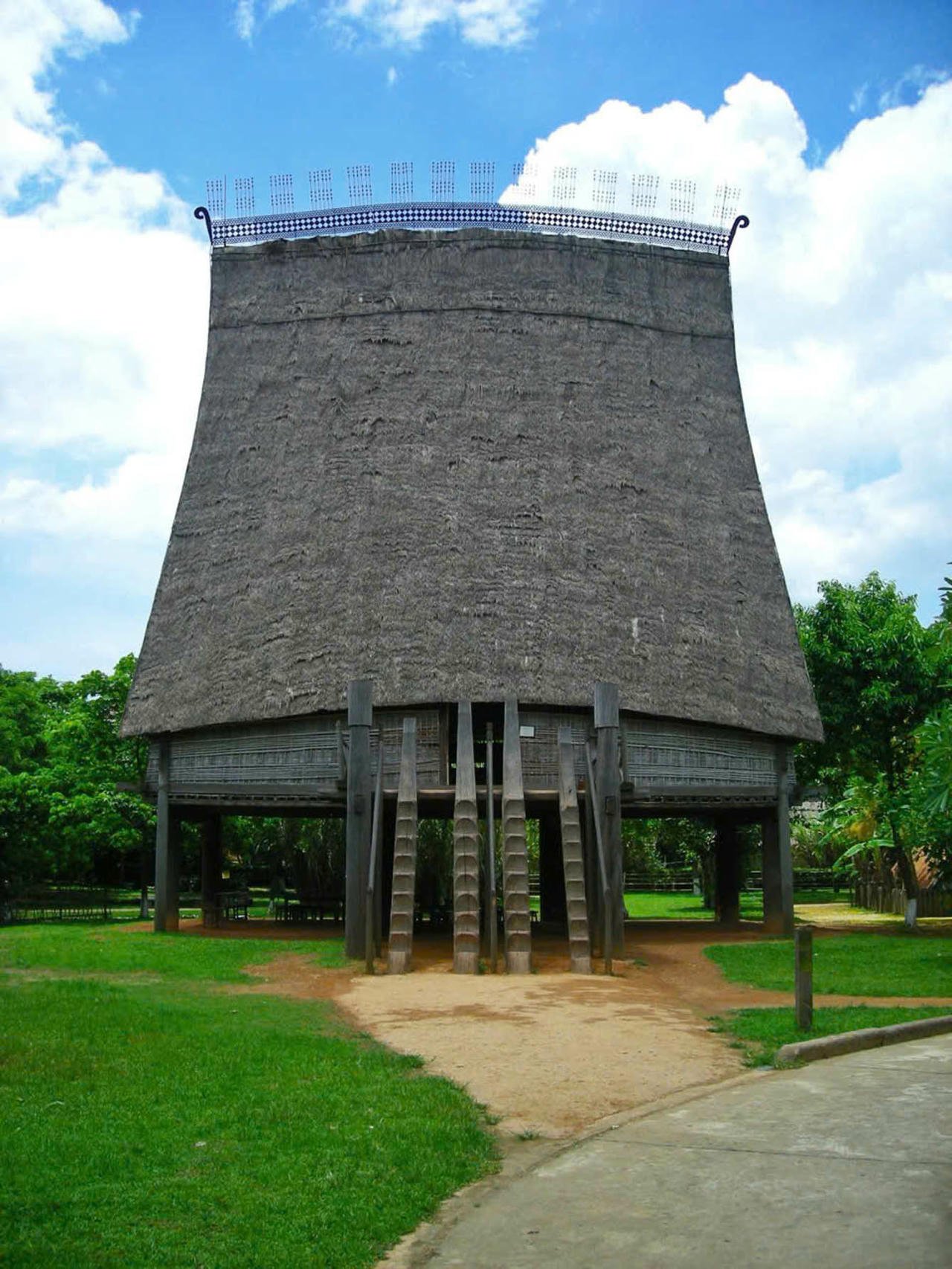
Architecture of the communal house at the Vietnam Museum of Ethnology. (Photo in article: BTDTHVN)
Speaking to the media, Dr. Tran Thi Ngoc Minh, Academy of Journalism and Communication, Ho Chi Minh National Academy of Politics, expressed her opinion that start-up and innovation activities in general, and start-up and innovation in the cultural field in particular, are of special interest to the Party and State. Start-up activities cannot be maintained and developed sustainably without the cultural aspect. On the contrary, culture will become an effective business product and service for start-up and innovation activities. Start-up and innovation activities contribute to generating income from exploiting cultural values, and are an effective tool to preserve, maintain and promote traditional cultural values.
According to Associate Professor Dr. Do Huong Lan, University of Social Sciences and Humanities, Vietnam National University, Hanoi, entrepreneurship and innovation in the cultural industry are not only about business entrepreneurship but also about ideas, thinking, and ways of connecting tradition and modernity, between preservation and development, between indigenous culture and the global market. With a rich and diverse cultural treasure, Vietnam has all the conditions to strongly develop this field if it has the right, creative and timely approach.
Associate Professor Dr. Bui Hoai Son, full-time member of the National Assembly's Committee on Culture and Society, affirmed that the identified cultural industries such as cinema, fine arts, music, design, advertising, fashion, video games, cultural tourism, publishing, television, performing arts and handicrafts... all have in common a deep dependence on creative power - an element that cannot be replaced by pure capital investment or simple production technology. Therefore, the cultural industry is considered a "fertile land" for innovation, where emotions, identity, art and technology intersect to create new values.
Regarding solutions, according to Dr. Tran Thi Ngoc Minh, to promote start-ups and innovation in the cultural field in Vietnam, solutions need to be implemented in a unified and synchronous manner, including solutions such as continuing to build and perfect the legal system, creating a favorable legal framework for start-ups and innovation in the cultural field in the period of international integration. Along with that, all levels and sectors need to have flexible mechanisms and policies for start-ups in the cultural field, especially policies related to censorship, appraisal of works, intellectual property rights; support incentives on taxes, capital, premises, continue to facilitate creative activities, production, business of cultural products and services.
According to Associate Professor Dr. Lam Nhan, Principal of Ho Chi Minh City University of Culture, in the field of culture and arts, it is necessary to strengthen connections with experts in the field of culture and arts to guide and create conditions for students to be equipped with additional knowledge and entrepreneurial skills, actively explore, innovate and create.
It is known that Ho Chi Minh City University of Culture, Ho Chi Minh City University of Law and Ho Chi Minh City University of Architecture organized the City-level Startup and Innovation Competition in 2025, creating an environment to promote innovation and creativity in the fields of culture, art, architecture, media, and tourism among students, contributing to the development of the country's cultural industries.
By 2030, cultural industry will contribute 7% of the country's GDP.
On November 14, 2025, Prime Minister Pham Minh Chinh signed Decision No. 2486/QD-TTg dated November 14, 2025 approving the Strategy for the development of cultural industries in Vietnam to 2030, with a vision to 2045 (Strategy).
Accordingly, Vietnam's cultural industries include: Cinema; Fine arts, photography and exhibitions; Performing arts; Software and entertainment games; Advertising; Handicrafts; Cultural tourism; Creative design; Television and radio; Publishing.
Aiming to develop cultural industries into important economic sectors, the Strategy sets a target that by 2030, cultural industries will achieve an average growth rate of about 10% per year and contribute 7% of the country's GDP; by 2045, cultural industries will develop sustainably and contribute 9% of the country's GDP.
Source: https://baophapluat.vn/doi-moi-sang-tao-de-bao-ton-di-san.html







![[Photo] Next to the "mountain of trash" after the flood, Tuy Hoa residents strive to rebuild their lives](/_next/image?url=https%3A%2F%2Fvphoto.vietnam.vn%2Fthumb%2F1200x675%2Fvietnam%2Fresource%2FIMAGE%2F2025%2F11%2F24%2F1763951389752_image-1-jpg.webp&w=3840&q=75)


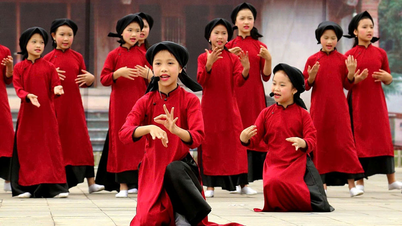

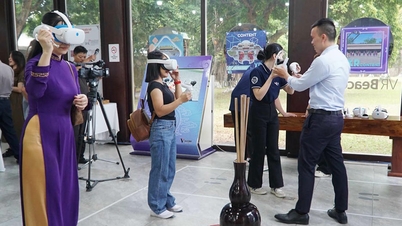
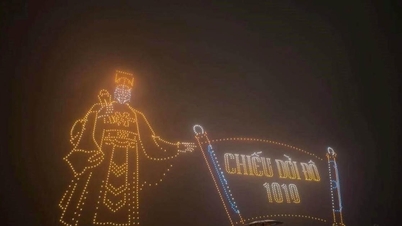




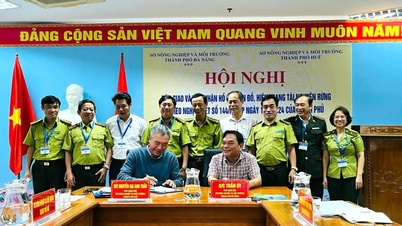






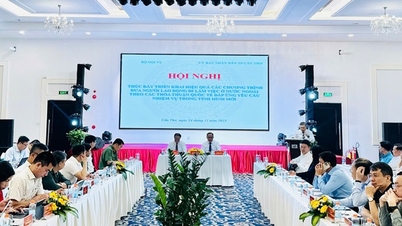












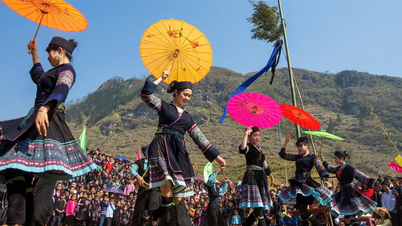




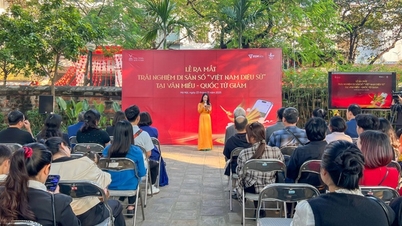

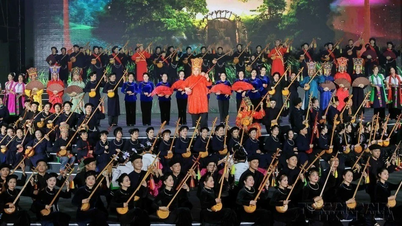
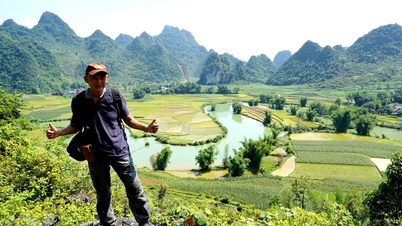

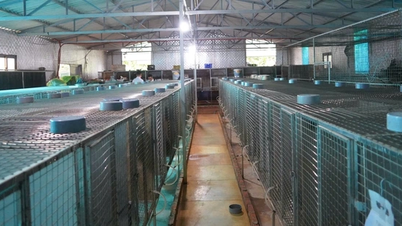




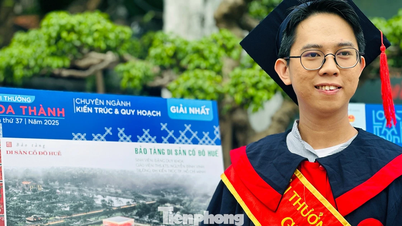






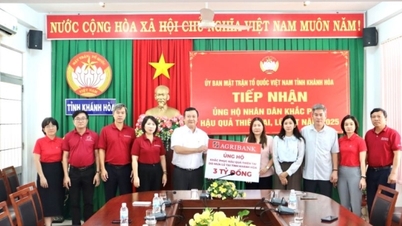















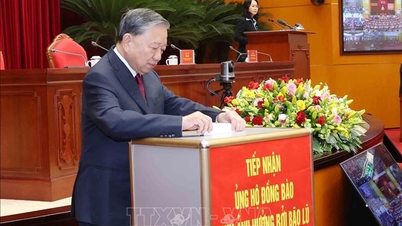










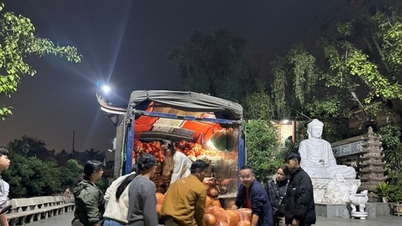

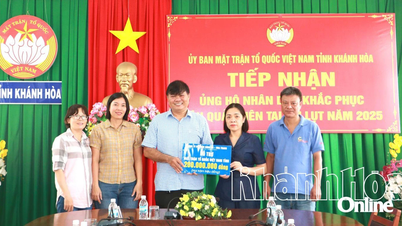



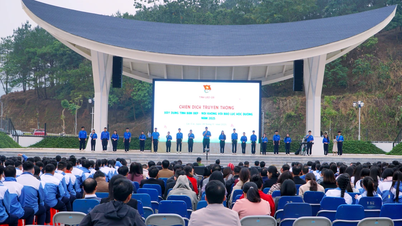















Comment (0)